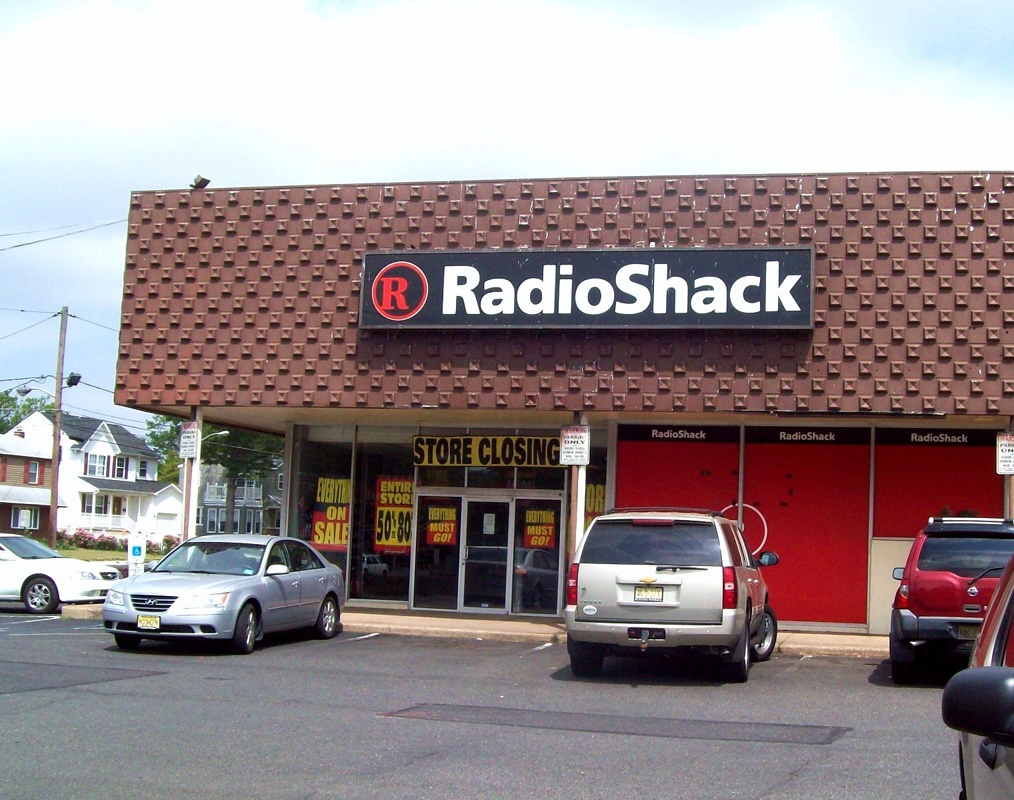Mention the name “Radio Shack” to any Gen Z-ers, and they’ll do one of two things: either they shrug and say “it’s some kind of old store” and hit a ‘whoa’, or they’ll mention that their millennial uncle used to go there or something but not really have any idea what it is.
For us Millennials and up, Radio Shack used to be a wonderland of electronics, ranging from actual radio parts to transistors to even spare PC units. But the rise of the digital age and Amazon practically signed Radio Shack’s death warrant, and for most of the 2000s, Radio Shack was on a steady decline into eminent oblivion.
Or so everyone thought.
Despite being almost a century old (with the first Radio Shack opening back in 1924), and despite being somewhat of an anachronism in the digital age, Radio Shack persists. Sure, it’s no longer the multi-city, multi-state, brick-and-mortar franchise it used to be –with the few remaining shacks relegated to pop-ups in HobbyTown’s –the fact is: it is still alive, and while its kicks are weak, it’s still a-kickin’.
In fact, after filing for its second bankruptcy back in 2018, people were practically convinced that it was going to be Radio Shack’s final death knell. But then 2018 came and went, and Radio Shack remained. 2019, arguably a good fiscal year for tech and retailers everywhere, also came and went, and Radio Shack remained.
Then 2020 happened: the global pandemic shuttered pretty much every city in the country, with many businesses left either stranded or dead. And yet, Radio Shack remained. In fact, they continued into the digital world, and many are praising Radio Shack’s online strategies to improve customer experience.
With the pandemic pretty much winding down and the global economy re-opening, experts are still baffled by Radio Shack’s tenacity. But while its survival is surprising, many people, including business insiders and experts, are left scratching their heads and wondering the same exact thing: how the hell is Radio Shack still alive? The answer, however, is actually a lot simpler than what a lot of people think.
The Last Radio Shack Radio Shacks
“Alive and kicking” doesn’t exactly mean “thriving”, however: from 2014 to 2018, Radio Shack was practically hemorrhaging money to the tune of a cool $40 million every quarter, mostly due to payments of various liabilities. Throughout this time and despite still paying off existing liabilities, Radio Shack continued to take out loan after loan, financing their way to their first and second bankruptcies.
But, again, despite all odds, investors still continued investing: while their losses were heavy, catastrophic even, Radio Shack had plenty in terms of capital and assets. At that time, Radio Shack’s radio shacks were located in prime spots all across the country, and while their losses were heavy, their business processes were sound and their financial infrastructure was steady enough to make a comeback.
Of course, that comeback never came, but neither did its “inevitable” demise. But again, the question is: how?
How Radio Shack Survived (It’s Not as Surprising As You Think)
Radio Shack’s survival isn’t hard to understand, what’s hard to understand is why some people can’t seem to understand the very simple why’s. We’ll walk you through the most important things Radio Shack did to hobble its way into yet another decade, with the promise of actually seeing its 100th birthday.
Key to its survival is a word many businesses float around but very few have practiced: flexibility. From the start of the 2000s onwards, Radio Shack saw the rise of e-commerce and tried to adapt by offering its services online. They had operated as a brick-and-mortar store for most of the 20th century, but they remained flexible enough to move with the current of time.
This flexibility also allowed them to cut their losses wherever they could. At the start of 2014, with liabilities piling up left and right, Radio Shack did what other companies in the same dire straits might not have done, and that’s to close down their shops. Other companies will avoid this because fewer shops equal less profit; Radio Shack, on the other hand, saw it differently: more shops equal more overheads, which also means more liabilities.
This mindset allowed them to cut down the number of physical stores they had –mostly the least performing ones –and focused their sales via their online channels and their strongest locations. It’s one of the basic concepts that even small business owners and MBA graduates are taught early on as an essential method for reducing excess costs.
Finally, Radio Shack was able to leverage something very important that only stores of its caliber can: name recall. Mention the name “Radio Shack” to any Gen Z-ers and they’ll have some idea of it somehow. Some might think it’s some old tune they can create TikTok videos too. The point is they have heard of it.
This brand recall is the second most crucial aspect to its survival: Radio Shack had become synonymous with “electronic store” across the United States, and this allowed Radio Shack to sell itself to investors at a premium. They knew what their name was worth, they knew it was something people will pay money for, and they knew it was essential for them to survive. Radio Shack had earned their customer’s trust and loyalty, and now it’s paying them dividends.
So What Happened to Radio Shack?
Since November of 2020, Radio Shack has completely migrated to an e-commerce website, with the rest of the country bidding goodbye to the last Radio Shack radio shacks, but it persists, it’s alive, and it’s still a-kickin’, albeit now in a digital space. It was scooped up by investors Alex Mehr and Tai Lopez in the midst of the pandemic and promised to make the brand competitive again.
It isn’t hard to agree to this move. Radio Shack being reborn online is the way to go in the digital age considering the huge change in consumer behavior, and especially how the pandemic has greatly switched the way people shop. Done right, it can be the next Netflix, which started as a DVD snail mail service into the biggest movie streaming platform.
Radio Shack isn’t done just yet, it can pull off another success story catering to modern consumers.



